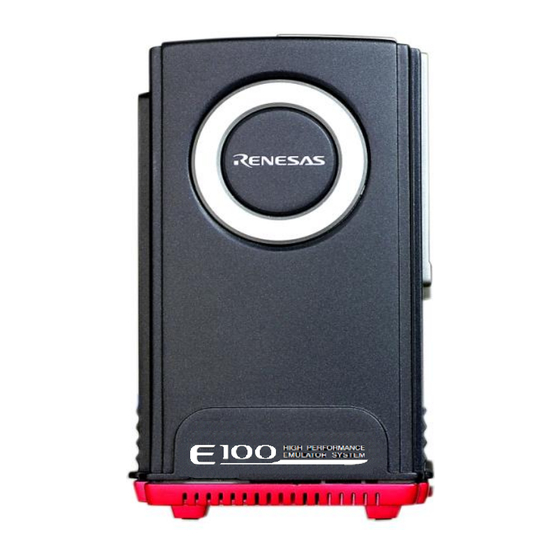
Renesas R0E424270MCU00 Manuals
Manuals and User Guides for Renesas R0E424270MCU00. We have 1 Renesas R0E424270MCU00 manual available for free PDF download: User Manual
Renesas R0E424270MCU00 User Manual (234 pages)
E100 Emulator MCU Unit for H8S/2400 Series
Brand: Renesas
|
Category: Network Hardware
|
Size: 4 MB
Table of Contents
Advertisement
